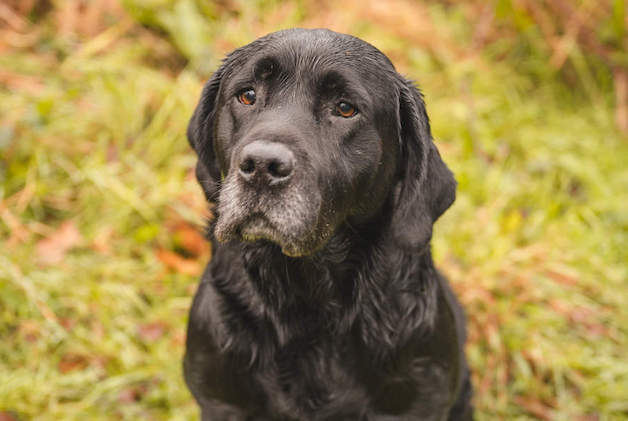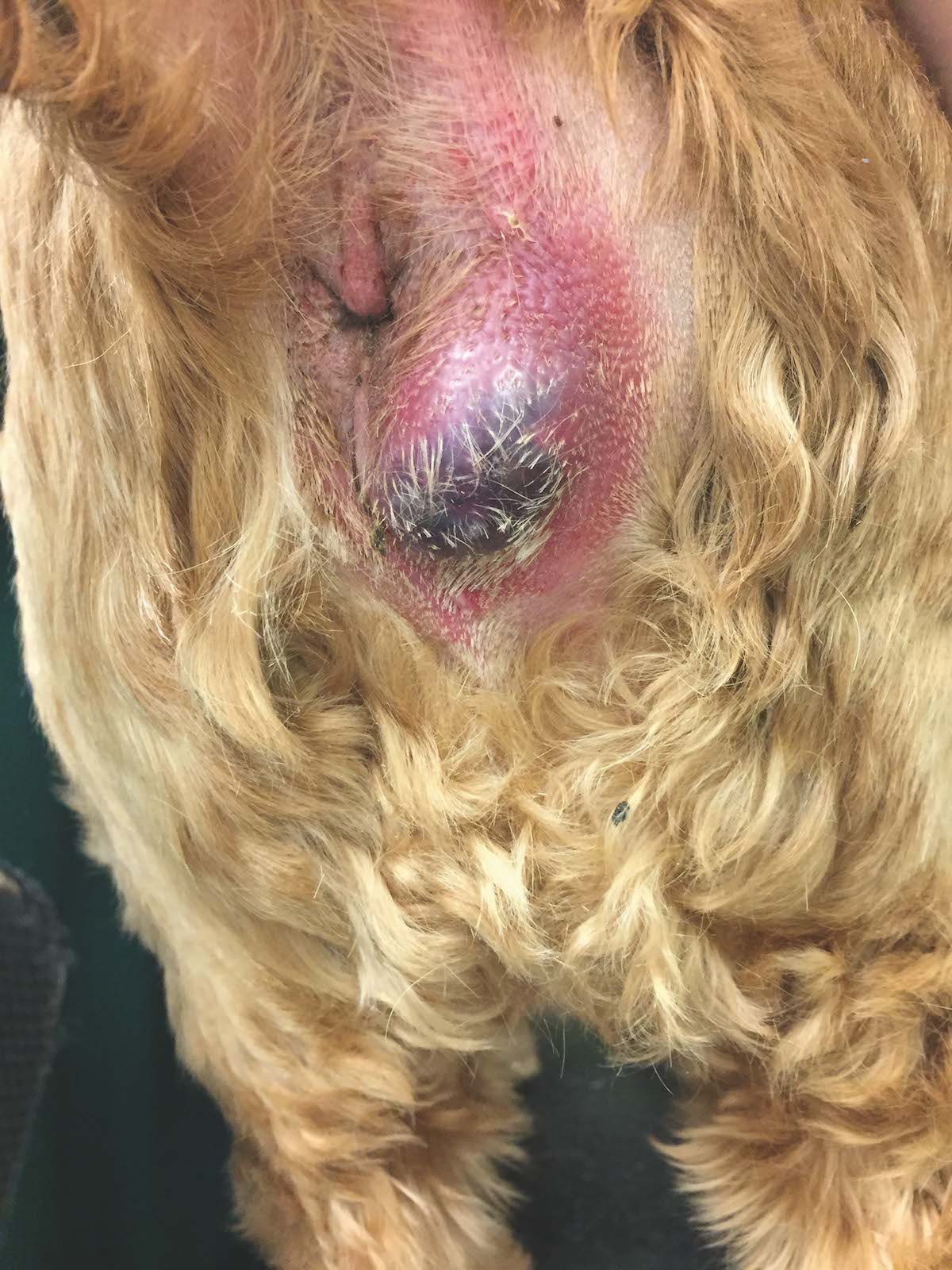Win CENS ProFlex DX5 earplugs worth £1,149 – enter here
Why does my dog drag its bottom?

When you see your dog drag its bottom
Q: I see my dog drag its bottom along the ground frequently. I am told this is a sign that he needs his anal glands emptied by a vet. Why is this a recurring problem for him when other dogs don’t seem to suffer to the same extent? (Read should you have your dog’s anal glands removed?)
A: We’ve all seen a dog drag its bottom (also called ‘scooting’) at some point. The anal glands are small oval-shaped sacs found on each side of a dog’s rectum just inside the anus. Each time a dog passes a stool it voids a small amount of foul-smelling serous or pasty liquid, secreted by these glands, that coats the stool and is believed to play some part in territorial scent-marking behaviour.
If, however, the dog’s stools are soft or small, the sacs may not empty completely and if this continues they fill up and become uncomfortable for the dog. Dogs will try to relieve this discomfort by licking or biting their rear end or dragging their bottom along the floor (“scooting”). If left untreated the anal sacs (glands) can then become impacted or even infected. (See below.)
Some dogs have particular problems and require their anal glands to be emptied frequently. If this is the case with your dog — and it sounds like it is — check the consistency of your dog’s faeces. If he isn’t generally passing large, firm stools you may have to modify his diet accordingly. Try adding bran in the first instance. Add a couple of teaspoonfuls to the feed each day initially and increase a little as necessary to “bulk up” the stools. If your dog is overweight, reducing that weight can also help.
With a little practice and patience you can empty your dog’s anal sacs yourself, but the smell of anal gland fluid is so unpleasant that most people prefer to take their dog to the vet for this procedure. If the situation cannot be easily ameliorated and becomes difficult to control and problematic for your dog, your vet might recommend permanent removal of the anal glands and the associated anal sacs.
 Anal gland abscesses
Anal gland abscesses
Q: On two occasions now the side of my cocker’s bottom has swollen up and then burst. How do I stop this?
A: Neil says: Your photo above shows a painful anal gland abscess, which is on the point of rupture. The anal glands sit on either side of the anus at about four and eight o’clock. They produce the most obnoxious-smelling substance and should empty every time a stool is passed. In your dog’s case, the duct of the gland is becoming blocked, perhaps because the secretion is too thick or the duct itself is scarred and narrowed, and this leads to a build-up of pressure/infection within the gland. Eventually, it will abscess and rupture. Currently, I would treat your patient with antibiotics and pain relief and try to express the abscess through the duct, which might not prove possible. Long-term, since this gland must be abnormal and the problem likely to become recurrent, I would speak to your vet about having it surgically removed, though this is best done when it has ‘settled down’. Alternatively, manually expressing the glands regularly might help.
This article was first published in 2018 and has been updated.
Related Articles
Get the latest news delivered direct to your door
Subscribe to Shooting Times & Country
Discover the ultimate companion for field sports enthusiasts with Shooting Times & Country Magazine, the UK’s leading weekly publication that has been at the forefront of shooting culture since 1882. Subscribers gain access to expert tips, comprehensive gear reviews, seasonal advice and a vibrant community of like-minded shooters.
Save on shop price when you subscribe with weekly issues featuring in-depth articles on gundog training, exclusive member offers and access to the digital back issue library. A Shooting Times & Country subscription is more than a magazine, don’t just read about the countryside; immerse yourself in its most authoritative and engaging publication.






 Anal gland abscesses
Anal gland abscesses
